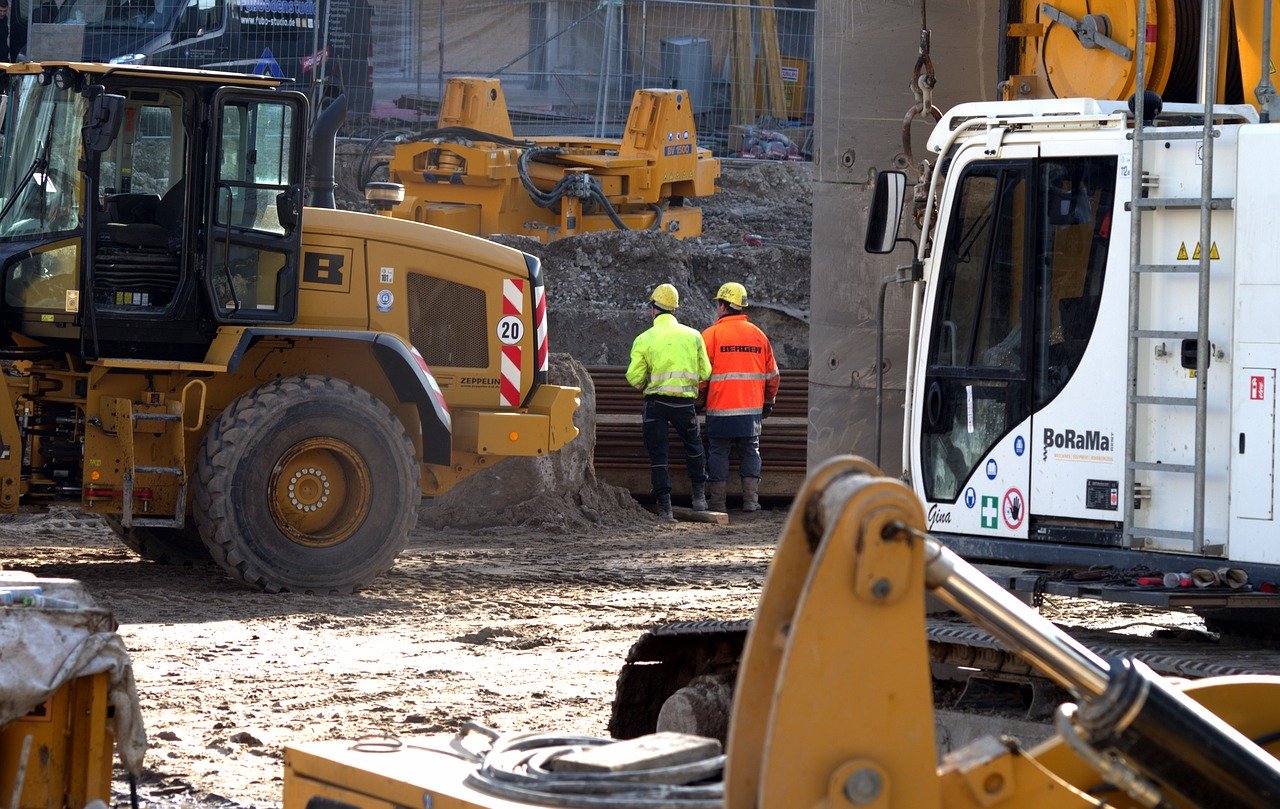Rework in construction projects refers to correcting an activity or process on site that was done incorrectly in the first place.
The main factors behind reworks in construction could be bad communication, lack of connection between the site and the office, plan changes, omissions, absence of standardisation, and the use of tools or materials that are not fit for purpose.
Free ebook: Why WhatsApp and Excel aren’t enough for running complex construction projects
According to a research from 2018, reworks and the conflicts that come with them cost the US construction industry roughly $177 billion a year.
What’s more important, though, is that most of these reworks could have been avoided if the following three elements were combined in the right way: people, tools, and processes.
What rework means for your project
Before we dive deeper into how you can reduce rework in your construction projects, it is necessary to take a closer look at what reworks could practically mean for you and your teams.
Let’s start our discussion with an honest disclaimer. Almost all construction projects will sooner or later come across a delay that will be unavoidable. In most cases, this delay will signify an additional press on your budget and several changes in your short-term and most probably your master planning, as well.
But that’s not the only thing you need to worry about. Every delay in a construction project can open the door to a number of claims or costly penalties depending on the type of your project and the agreements that are in place.
That being said, it becomes evident that reworks could quickly make your project much more expensive and slow down its delivery. On top of that, the number of administrative tasks that follow in such situations is something that can’t be ignored. From one day to another, you can find yourself lost in a sea of disconnected information and laborious admin tasks.
In the long run, this can have a heavy impact on the prestige of your business. In other words, reworks can really hurt your company’s reputation and profitability.
How to reduce rework in construction
By now, it is crystal clear that reworks is a dangerous area for every construction project regardless of its type or size. On the bright side, though, there are ways to reduce reworks in your projects and ensure that you deliver faster and cheaper without compromising quality.
But as we mentioned above, people, tools, and processes must be perfectly aligned in order to make that happen.
To help you escape the rework nightmare, we present below the five steps you need to take so that you can increase site visibility and regain control of your projects:
1. Set high quality standards
Every construction project generates a multitude of on-site checks and to-do’s. Digitising and automating your quality and safety processes will help you set high quality standards in your projects and improve your defect management.
More specifically, with the right tool, you can link your quality and HSE checks directly to the plan. Like that, you will always have full control over your project and resolve non-conformities much faster. Such an approach can make your handovers much smoother and ensure less downtime in your projects.
Furthermore, by managing defects digitally you can keep a complete track of records of all quality controls and always be prepared to raise or respond to claims within a few hours. For instance, LetsBuild users can have a photo or document attached to each reported issue for a better context. By documenting everything, you can keep your project safe at all times.
2. Use construction-specific tools
Many project and site managers tell us that they used to rely on tools like WhatsApp, Excel, and email for sharing information with other stakeholders in the project. Good as they are, these tools aren’t enough to effectively manage your construction project.
The reason is simple. They aren’t built for construction and as a result, they can’t give you the context you need when you receive critical updates from the site.
With no connection between your schedule and the latest information from the field, you can easily end up confused making your processes extremely slow and error prone.
This is why you need a tool that can give you unique on-site insight and empower you to make informed decisions faster.
3. Gather all communication in a single source of truth
This comes as a natural continuation of our previous point. Many project managers might have to spend up to 40% of their time every day writing reports, attending unnecessary meetings, and chasing updates all around the construction site.
It can quickly lead to fragmented communication and make everyone involved in the project feel lost and disconnected. And this is how costly mistakes can emerge. For example, it only takes one wrong message delivery and you might find that the materials you need for today’s task are lost or misplaced.
Read more: How to manage claims in construction more efficiently
By establishing a single data source you ensure that the right people have access to the right information so that mistakes can be avoided or at least fixed before they become a real threat to your project.
In addition, a single source of truth can also function as a single source of proof. Simply put, everyone can easily see who is responsible for what and mistakes can be traced back to those who are really responsible for them. That’s extremely powerful considering the number of claims you can avoid in your project.
4. Cut down admin work
It is no secret that excessive administrative workload is one of the main pain points for almost every construction project. We already mentioned above that many project managers have to spend most of their time on site looking for updates manually because they have no clear view of where their project stands.
But it’s not only that. In the event of a claim, they have to spend weeks or sometimes even months to find that one email or photo that can prove whether a delay is their responsibility or not.
Add also to the mix, the continuous frustration of having to create reports that become outdated the moment they are issued and you understand why admin-heavy processes can lead to many mistakes in a construction project and by extension can open the path to costly and time-consuming reworks.
The use of a construction-specific tool, like LetsBuild, can help you seamlessly link the site to the office and allow you to align everyone without even being on the site.
5. Standardise as you go
Last but certainly not least, introducing repeatability to your projects can make a big difference in your effort to reduce reworks. Despite what many might think, 80% of the construction process is always the same.
This presents a great opportunity for project teams, as they can standardise their processes and minimise errors with the help of data collected from the field. Especially in the case of residential contractors, such a standardised approach would lead to a significant reduction of the time required to complete a project and move on to the next one.
The example of Grupo Provivienda that managed to reduce building time 5x times by digitising key processes using LetsBuild is more than indicative. If you want to learn more about Grupo Provivienda’s digital journey, we invite you to click here.
Ready to build cheaper and faster?
Avoiding reworks in your construction projects depends on a number of factors, as you can see. Nevertheless, now that you have a better understanding of what can hold your project back, it is time to take action!
In an attempt to help you in the first steps of your digital transformation, we have put together a detailed guide that will help you find out how you can see more in your projects, deliver sooner and avoid claims.
It’s completely free and you can download it just by clicking below:





